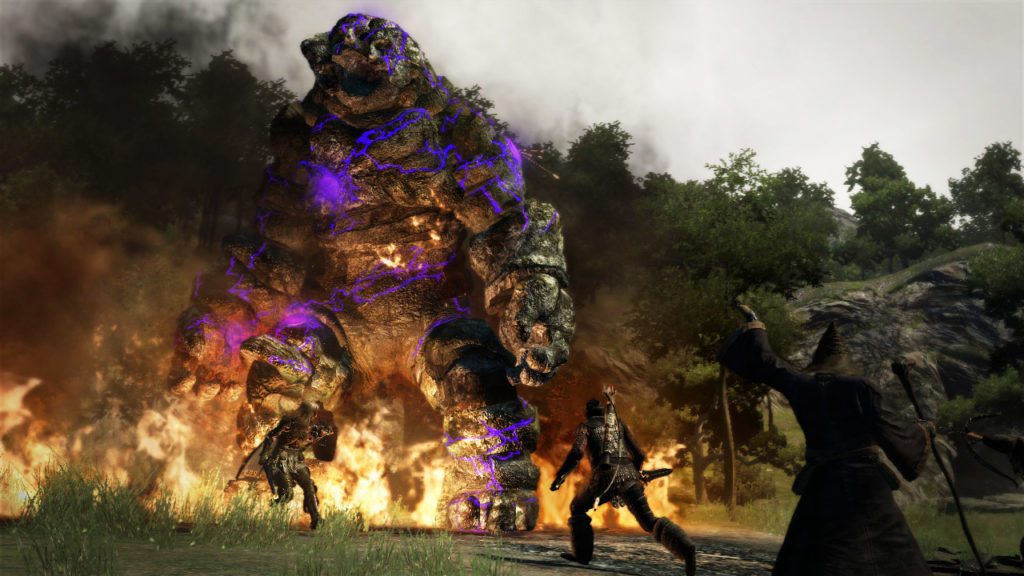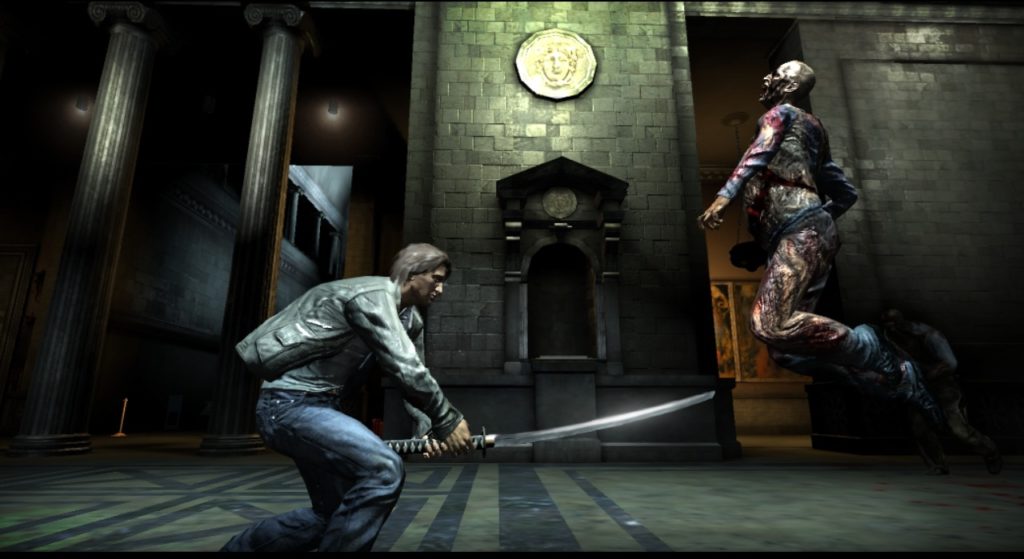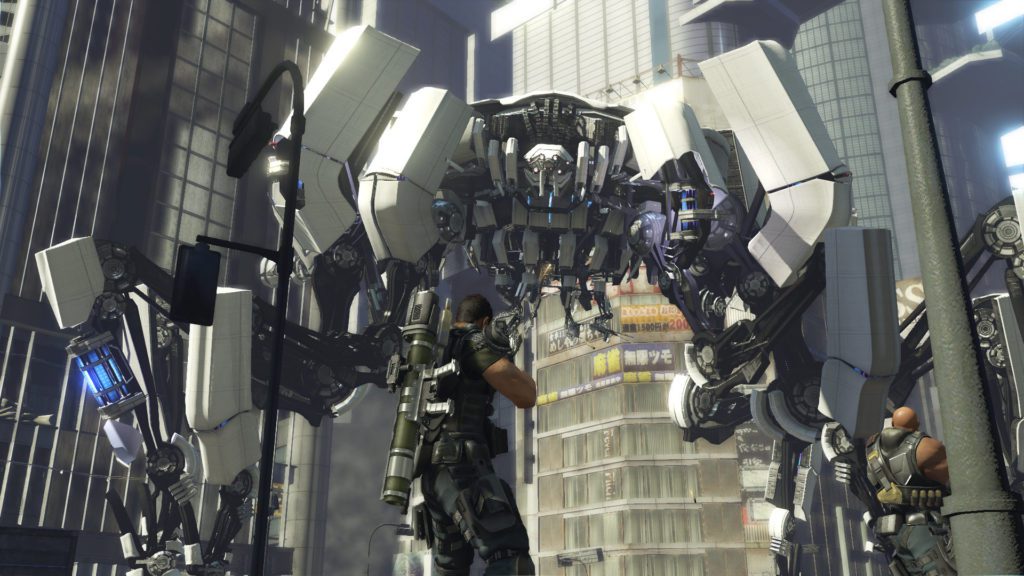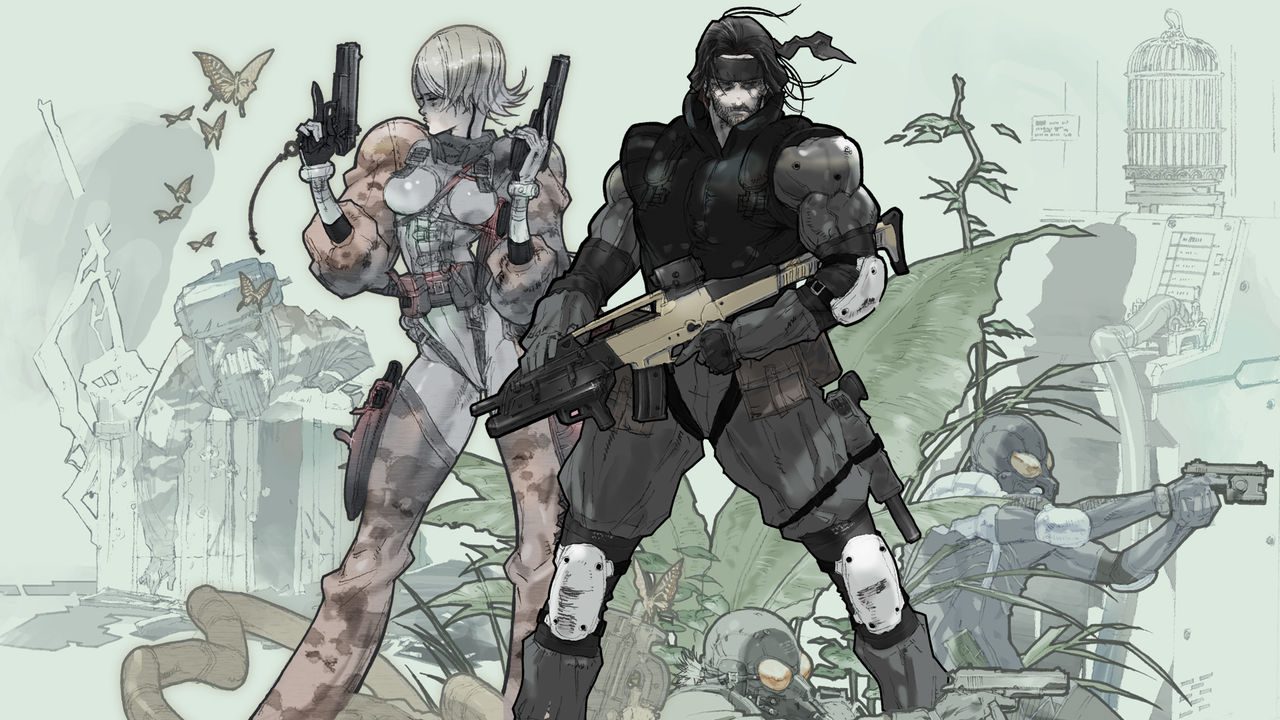There’s a phenomenon in this industry that goes under-appreciated. Most games that come out fall into a few categories – you’ve got your absolute turds, worth avoiding at all costs; your average-to-decent games with some crippling drawbacks; your 8-out-of-10’s, the standard ‘pretty good’ of games media; and then you have your Citizen Kane’s – Metal Gear Solid, Half Life, The Last of Us, Barbie Horse Adventures, you get the picture.
Yet so often it’s the games in the middle of the pack that captivate us. That action game with godawful camera controls that still enthrals you in it’s eccentricity, the RPG with perfect gameplay that totally overrides the bizarre and frustrating design choices it’s filled with. Think about your top 5 games of all time, and we can nearly guarantee one of them is in there. Maybe it’s because these flaws are just innovations that didn’t quite hit the mark, or the fact they do lots of things badly but one thing better than all the rest, but one way or another, these games are just so damn memorable.
So, to the flawed gems, the cult hits, the games you love that hate you back – we salute you. Here’s the Voletic teams favourite rough diamonds and why we just can’t shake them.
Dragon’s Dogma (2012, PS3 and 360)
You might take some umbrage with this being on the list if you’ve recently played the updated Dragon’s Dogma: Dark Arisen on PC but rest assured, the original release from 2012 on Playstation 3 and Xbox 360 was more full of bad choices than a Saturday night in Liverpool.
A convoluted and criminally uninteresting storyline and stilted voice-acting framed a game that was hamstrung by serious frame rate problems and bad design, like having prohibitively expensive fast-travel options in a game where travel was dangerous and distances were long, sharp difficulty spikes and irritating, frustrating and bizarre combat allies among plenty of other bugs and oddities. Inspired by the solid RPGs that were coming out of the West like Skyrim and The Witcher 2, Dragon’s Dogma seemed to suffer under the weight of cultural translation. The divide of Western RPGs with their open worlds, focus on exploration and growth and action-heavy gameplay was completely at ends with the turn-based and linear games that put more effort into story and characterisation coming out of Japan, so this first bridge was always going to burn at some point. The remarkable thing is, however, that Dragon’s Dogma was also one of the most mechanically incredible games I’ve ever played.
In 2011 we were playing Skyrim, a game that, while rightfully beloved, had a pretty shitty combat system. Melee brawls involved you hammering the attack button and occasionally holding it down for a ‘power strike’ for little tactical reason. In Dragon’s Dogma, melee brawls require you to be both frantic and measured, as you dodge and weave around foes utilising flashy class-based attacks, . Magic brings up a similarly disparate comparison – the sorcerers of Dragon’s Dogma can literally bring down meteor storms and send churning tornadoes ripping through enemy lines. Best of all, assassin-type characters are at their best when they’re clambering up an ogre’s back to stab it in the back or the neck, or hacking at a griffin mid-flight as it rolls and bucks 50 feet above the safety of the earth.

And those ‘frustrating and bizarre combat allies’ I mentioned earlier – Pawns, they’re called – undergo an incredible metamorphosis once you go on Google and find out how to actually make them do what you want. It’s hard not to end up loving them when you have three of them all fighting as frantically as you, grappling monsters while you prepare the coup de grâce, resurrecting you when you fall, and even catching you when you inevitably fall 50 feet off of that griffin. It’s just a shame they can’t shut up for five bloody seconds. If you think Skyrim’s companion characters are stupid, just wait until you’ve heard 3 idiots with the same voice shouting ‘WOLVES HUNT IN PACKS, ARISEN’ while you’re getting eaten alive by a pack of wolves.
Frankly, I adored it. The whole thing. When a game is that good, that breathlessly enjoyable, you even end up looking on the flaws fondly. And then, it broke my Xbox. I can’t say for sure if Dragon’s Dogma is directly to blame for calling upon the cursed red ring of death upon my console but halfway through a fight with a fire drake, it ended. I couldn’t afford another Xbox, and Dragon’s Dogma went unfinished for me.
Thankfully, Dragon’s Dogma is a tale of redemption. On a blessed day in January 2016, my call was answered. Dragon’s Dogma was released on Steam as Dragon’s Dogma: Dark Arisen, a standalone expansion pack that was released on consoles in 2013. Dark Arisen fixed almost every problem I originally had with the game; gone were most of the bugs and technical problems, fast travel was massively enhanced, item prices in shops were evened out, and a massive dungeon was added that tested even the most stalwart of players. And on a decent PC, it still looks fantastic and runs like a dream.
Now… where’s my sequel?
Metal Gear Acid (2004, PSP)
Alone in the Dark (2008, PC and 360)
A gritty, dark and broodingly melodramatic reboot of the father of the Survival Horror genre, 2008’s Alone in the Dark was released to lukewarm reviews. People often look perplexed when I tell them that I hold very fond memories of the title. Just short of a decade later, and I still hold that Alone in the Dark was one of the most ambitious video games I have ever played.
At face value, the game carries all sorts of clichés. Brooding amnesiac Edward Carnby (complete with leather jacket and facial scar) must stop an evil cult from bringing about the end of the world through the summoning of demons. He must fight through possessed humans and living shadow to get to the bottom of not only his own missing identity, but also the enigma surrounding the shadowy cabal intent on raising hell on earth. So far, so tame.
But what if I were to tell you the game takes place on a pseudo-sandbox depiction of Central Park that has been separated from the outside world by an apocalyptic earth quake, in which you fight living rock fissures and enemies only killable with fire? And that the game has an entire realistic fire propagation physics engine that sits at the core of combat and puzzles? Or how about the inclusion of melee combat, guns, driving and platforming? You can pick up pretty much any larger object in the environment as improvised weapons? From standing ashtrays to table legs (that you shot off the table yourself), the world is your ever-so-slightly-clumsy oyster!

How about the ability to craft items from discarded bottles, lighter fluid, nails, flares and glowsticks – all with the aid of adhesive tape – in an inventory that when accessed doesn’t cause the game to pause. This was three months prior to Dead Space pulling the same ‘immersive’ gimmick.
Then we have the clothes of the protagonist getting ripped, torn and charred as he is injured, and repaired by the application of magical medical spray and bandages! Did I mention that melee weapons are moved through the use of the right analogue stick, allowing you to choose the exact direction of your weapons blow, or use pipes to pull dangling electrical wires out of shallow water to allow safe passage? Or that petrol from cars and bottles will dribble down hills and allow you to light it from afar?
The game was full of so many absolutely brilliant ideas that made for extremely fun and unique gameplay; however every single one was executed poorly. The inventory and melee controls were clunky, the game over relied on fire physics, the control schemes changed dramatically between gun and melee combat and the cars handled like frozen condoms full of washing up liquid on the surface of a BP oil spill. Every good idea was undermined by another terrible one. Alone in the Dark is the very definition of a flawed gem.
Vince
Binary Domain (2012, PS3 and 360)
If you describe Binary Domain to a gamer that hasn’t played it, you can quickly see them losing interest. It’s a game in which you play as a gruff American soldier, fighting robots in a futuristic Japan that has isolated itself from the world. Whilst this sounds awesome to me, it is a bit of a cliché these days, and there are a lot of games with similar set ups. The genre of gaming with probably the most mediocre entries has to be the 3rd person shooter, with hundreds of generic ones coming out over the course of the PS3’s lifespan. Binary Domain however, stands out.
On its original release, it was met with a lukewarm reception, receiving between 6 and 7’s out of ten, with critics largely unimpressed. At the time I distinctly remember thinking they were crazy. The story follows a couple of agents from America and other NATO nations teaming up with a resistance movement in Japan. The spark for this attack came from Japanese robots posing as humans, something that was deemed illegal by the entire world. The robots were so convincing in fact that they themselves did not know they were robots, completely blurring the line between what is real and what isn’t. This is a theme that has been explored a lot in books such as ‘Do Androids Dream of Electric Sheep’, but it had never really broken into the gaming world. It was a fresh, philosophical coat to a game that was really just about blowing things up.

It’s a linear experience mainly, in which you and your squad plow through robot armies to the next objective. The robots are very fun to kill. When they are shot, sparks fly all over the place, and you can shoot off each limb individually, giving some neat strategic options that makes the core gameplay quite fun. In addition there is some extremely shaky voice recognition software that lets you order your team about by speaking into the mic, and answering questions they ask you about your various attitudes and beliefs. Answer these correctly and they will grow to like you more, giving some unique options in gameplay and affecting the ending. It doesn’t really work that well, but just adds to the games strange appeal.
It has all the hallmarks of a game of that era, collecting cash as you destroy enemies to upgrade your guns and apply special buffs to your character is part and parcel of the experience. There are some gigantic boss battles with huge robot worms and gorilla robots, as well as a spinning chandelier. It’s simply a very fun experience. It feels like a game, removed from the constraints of reality and the sort of story that a Hollywood movie might require. It reminds me why I love gaming, and for that I will always appreciate it. The plus side is that in recent years it has seen something of a renaissance, with Steam Users absolutely loving it, and critics in retrospect upping their scores. Perhaps one day, SEGA will give us a sequel.
Jordan
If you enjoyed this article, join our community! Follow us on Facebook here! Or follow us on Twitter here!





